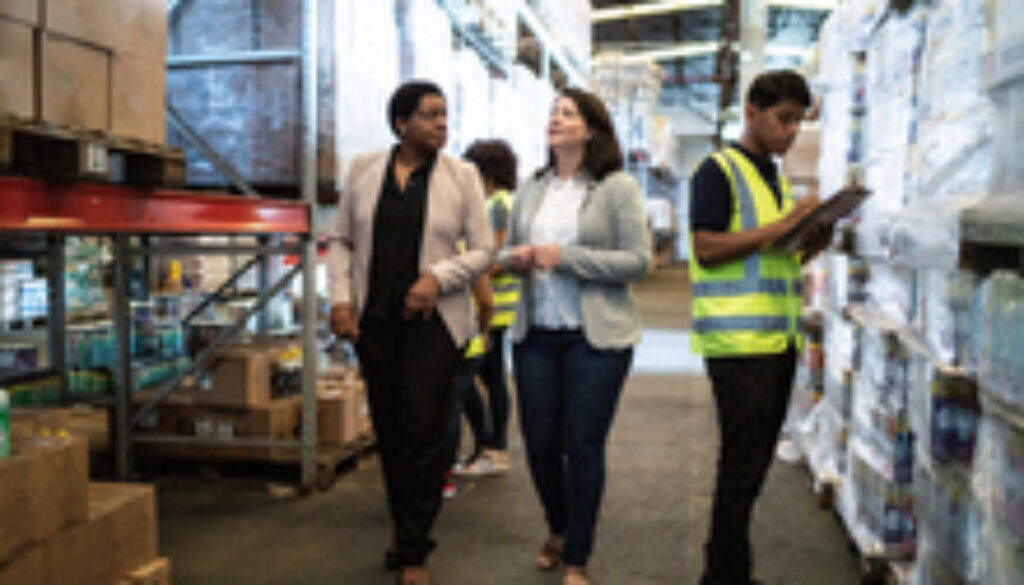How to Survive Tariff Turbulence
Tariffs are a long-standing tool of economic policy, but that doesn’t make them easy for companies to navigate. Recently, tariffs have been imposed, lifted and then revised, making it difficult for companies to predict short-term costs. U.S. businesses may face different rates depending on whether they’re importing finished goods or components for domestic assembly. And finally, the latest wave of tariffs has arrived just as supply chains had begun to stabilize following years of pandemic-related disruption.
How to plan
The global reach of modern tariffs, combined with ever-changing rules about what’s included and at what rate, has shaken confidence in the systems businesses rely on. One thing is certain: Higher prices are an inevitable result of tariffs. That leaves companies with a difficult set of choices: Raise prices, absorb the added cost or try some mix of both.
In response, companies are testing a range of pricing strategies. Some fold tariff costs into their base price. Others list them as a separate surcharge. A few hold pre-tariff sales to stimulate demand. Each approach has trade-offs; what matters most is acting with intention.
Rather than wait for certainty, some businesses are building short- and medium-term strategies based on how the situation might evolve. Scenario planning includes possibilities such as:
- There are no new tariffs.
- Tariffs increase.
- Tariffs are eliminated or reduced.
- Exemptions are extended.
- Pauses are lifted.
- Retaliatory tariffs (from other countries) are imposed.
If your company opts to plan this way, be sure that each scenario accounts for how suppliers, lenders and customers might respond. For example, banks may tighten underwriting standards in response to tariff volatility. Consumers, especially those in discretionary markets, may delay spending when tariffs and recession fears coincide.
It’s also helpful to build in transparency. Early, clear communication about possible pricing changes and the potential timing of those changes builds trust with both B2B and B2C customers. Some may still choose to cut back or walk away, but others will appreciate your company’s respect for how they too need to plan.
Your company is best likely to weather tariff turbulence if it plans ahead, acts deliberately and stays nimble as conditions change. As always, consult tax and financial professionals before making structural changes to your business.
© YC Partners 2025




